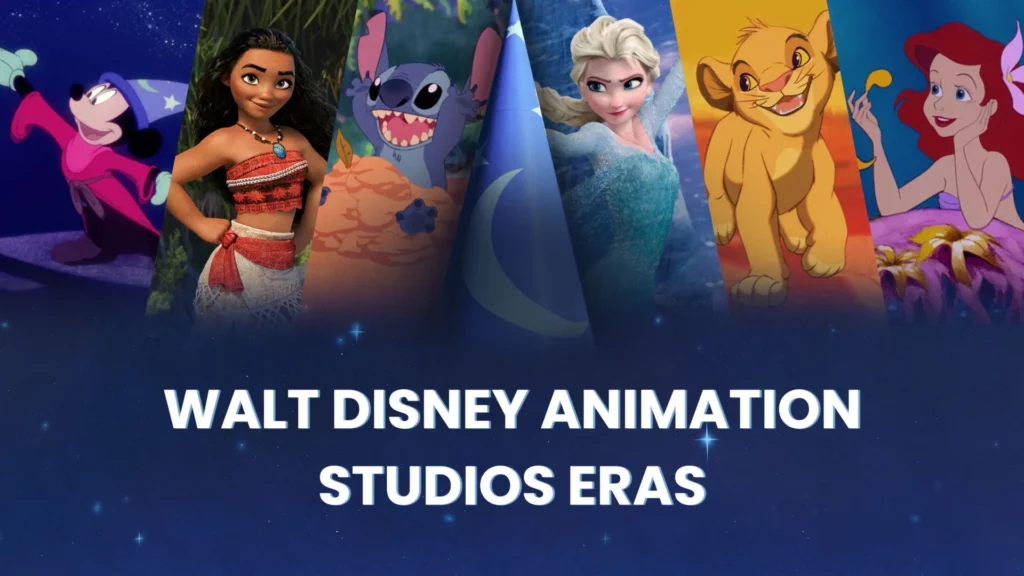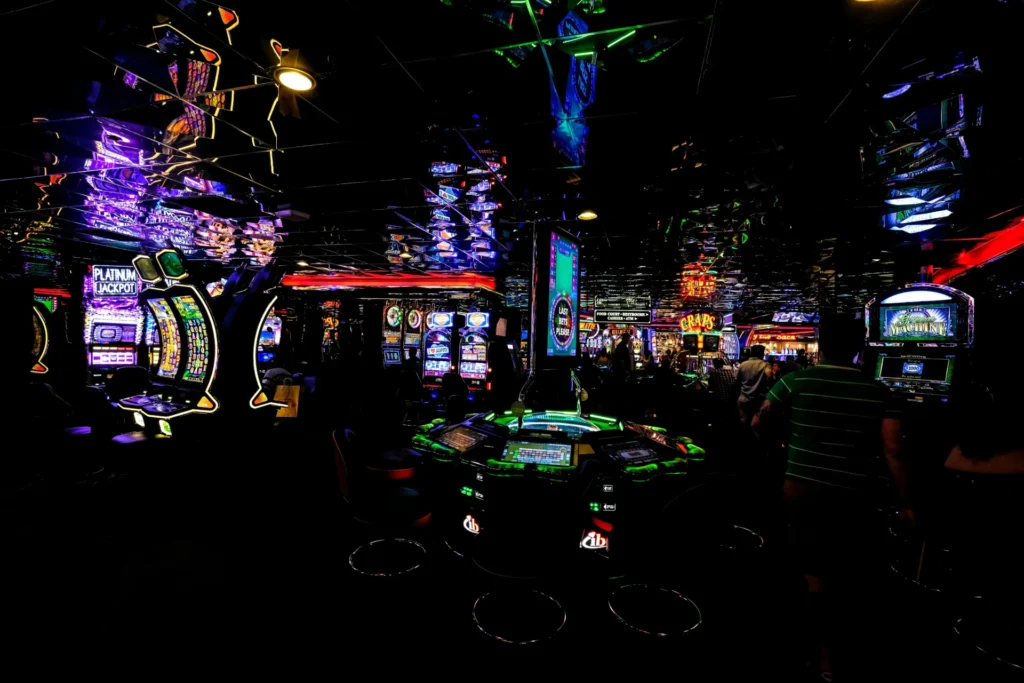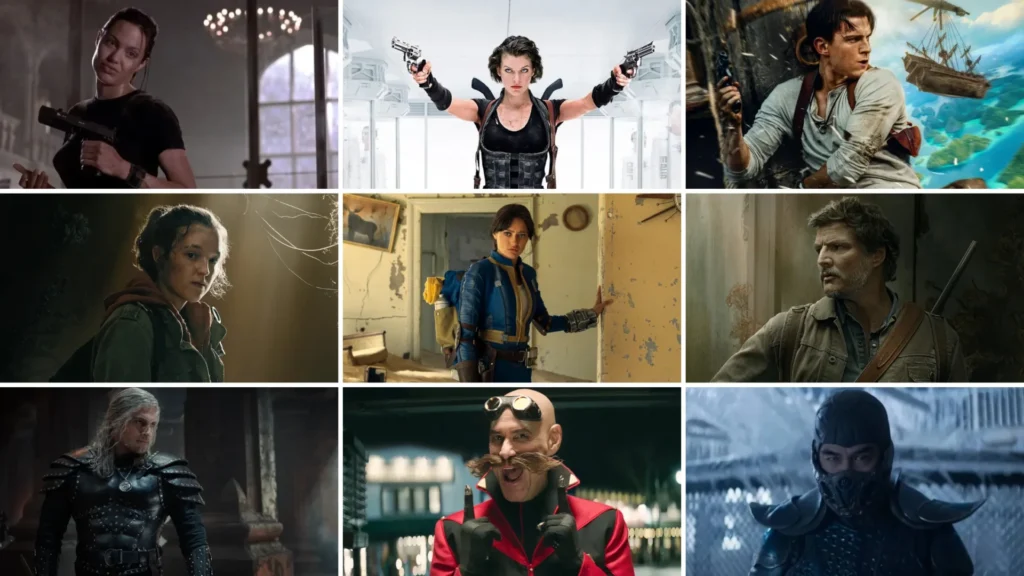Disney has been enchanting audiences for nearly a century, creating beloved films that have become timeless classics. Over the decades, Disney Animation has experienced several “eras,” each defined by unique styles, storytelling, and technological advancements. Let’s dive into all 8 Disney eras and rank them from least to most magical!
Note: Pixar and Disney’s live action movies are not included in these eras.
The Disney Eras
8 – Wartime Era (1942–1949)
Creative resilience amidst global conflict.
The Wartime Era, also known as the Package Era, was heavily influenced by the challenges of World War II. Due to financial constraints and the draft of key animators, Disney shifted its focus from full-length narratives to anthology films, combining multiple short segments into single features. This era showcased Disney’s ability to adapt under pressure but didn’t produce the enduring classics of other periods.
Key Films:
- Saludos Amigos (1942)
- The Three Caballeros (1944)
- Make Mine Music (1946)
- Fun and Fancy Free (1947)
- Melody Time (1948)
- The Adventures of Ichabod and Mr. Toad (1949)
Pros: Despite limited resources, Disney’s creativity shone through in its innovative shorts and experimental animation techniques. This era also saw Disney contributing to the war effort with films that strengthened U.S. relations with Latin America.
Cons: The lack of full-length, cohesive storytelling meant these films didn’t have the same lasting impact as other Disney eras. Many of the films were quickly assembled and lacked the depth of earlier features.
Why It’s Ranked #8: While inventive and resourceful, the Wartime Era didn’t produce the classic, enduring films Disney is known for. This period represents Disney’s resilience but lacks the narrative magic of other eras.
7 – Dark Ages (1981–1988)
Struggling for direction, finding new paths.
The Dark Ages were a challenging period for Disney following Walt Disney’s death, marked by creative struggles and internal conflicts. With no clear direction, Disney produced films that diverged from its traditional formula, exploring darker themes and more mature storytelling. This era is notable for its experimentation and willingness to take risks, even if the results were mixed.
Key Films:
- The Fox and the Hound (1981)
- The Black Cauldron (1985)
- The Great Mouse Detective (1986)
- Oliver & Company (1988)
Pros: This era saw the introduction of more complex and varied storytelling, experimenting with different genres and darker themes that set the stage for future successes.
Cons: Many of the films from this era were commercial failures and faced mixed critical reception. The studio struggled to find a cohesive identity, resulting in a series of films that, while innovative, didn’t resonate as strongly with audiences.
Why It’s Ranked #7: Although this era wasn’t as poorly received in hindsight, it lacked the widespread appeal and innovation that would define Disney’s more successful periods. The Dark Ages were a necessary stepping stone to the Disney Renaissance but lacked the charm and consistency of later eras.
6 – Bronze Age (1970–1977)
Transitioning from past glory to new beginnings.
Also known as the Transition Era, the Bronze Age followed Walt Disney’s death and was marked by a shift in the studio’s animation style. During this period, Disney relied on xerography to cut costs, resulting in a distinctive, sketchy animation style. The Bronze Age was a time of transition, laying the groundwork for the new creative directions that would follow.
Key Films:
- The Aristocats (1970)
- Robin Hood (1973)
- The Many Adventures of Winnie the Pooh (1977)
- The Rescuers (1977)
Pros: Despite the lower budgets and aesthetic changes, this era introduced new, beloved characters and charming, if not groundbreaking, films. It also saw the continuation of the Disney tradition of adapting classic tales.
Cons: The reduced production quality and reliance on recycled animation led to less polished films. The era was marked by a lack of direction and a noticeable drop in animation quality compared to earlier works.
Why It’s Ranked #6: The Bronze Age, while charming, is considered a step down from the creativity of the earlier eras. It was a period of transition, setting the stage for the eventual revival that would come with the Renaissance Era.
5 – Post-Renaissance Era (1999–2008)
Innovation at the crossroads of tradition and technology.
The Post-Renaissance Era is often noted for its significant departures from traditional Disney fare, mixing various animation styles and narrative approaches. Disney ventured into new territories, exploring different genres and styles, and featured a mix of traditional animation and CGI, leading to unique visual experiences.
Key Films:
- Fantasia 2000 (1999)
- The Emperor’s New Groove (2000)
- Atlantis: The Lost Empire (2001)
- Lilo & Stitch (2002)
- Treasure Planet (2002)
- Brother Bear (2003)
- Home on the Range (2004)
- Chicken Little (2005)
- Meet the Robinsons (2007)
- Bolt (2008)
Pros: Disney showed a willingness to evolve and experiment with new storytelling techniques and animation styles.
Cons: The films often lacked the narrative cohesion and consistent appeal of previous Disney eras. Many movies were commercially unsuccessful and failed to find a strong audience.
Why It’s Ranked #5: The Post-Renaissance Era was a notable period of growth and risk-taking, showing Disney’s willingness to evolve. Though not always successful, it paved the way for new storytelling techniques and helped the studio find its footing in a changing animation landscape.
4 – Golden Age (1937–1942)
Pioneering the magic of animation.
The Golden Age marks the beginning of Disney Animation, featuring the first full-length animated feature films that set the standard for the industry. These films showcased groundbreaking animation techniques and established Disney as a leader in animated storytelling. This era laid the foundation for everything Disney would become.
Key Films:
- Snow White and the Seven Dwarfs (1937)
- Pinocchio (1940)
- Fantasia (1940)
- Dumbo (1941)
- Bambi (1942)
Pros: This era introduced iconic characters and stories that have become part of the cultural lexicon. Disney’s innovation in animation, sound, and storytelling set new industry standards and solidified its reputation.
Cons: While historically significant, some films, like Fantasia, were initially box office disappointments and faced mixed critical reception.
Why It’s Ranked #4: The Golden Age laid the foundation for everything Disney would become, but some later eras built upon this foundation to achieve greater commercial success and audience appeal.
3 – Revival Era (2009–Present)
Reigniting Disney’s storytelling magic.
The Revival Era marked Disney’s return to critical and commercial success, blending traditional storytelling with modern CGI animation techniques. This era brought a new wave of beloved films that resonated with contemporary audiences while maintaining Disney’s classic charm.
Key Films:
- The Princess and the Frog (2009)
- Tangled (2010)
- Winnie the Pooh (2011)
- Wreck-It Ralph (2012)
- Frozen (2013)
- Big Hero 6 (2014)
- Zootopia (2016)
- Moana (2016)
- Ralph Breaks the Internet (2018)
- Frozen II (2019)
- Raya and the Last Dragon (2021)
- Encanto (2021)
- Strange World (2022)
- Wish (2023)
Pros: Strong narratives, memorable characters, and diverse storytelling have defined this era. Disney successfully returned to its roots while adapting to modern tastes and technologies, resulting in numerous box office hits and critical successes.
Cons: While the Revival Era has produced many successful films, it has also seen some struggles, with a few movies underperforming at the box office.
Why It’s Ranked #3: The Revival Era successfully re-established Disney’s place in modern animation, creating some of the most beloved films in recent memory and continuing to push the boundaries of storytelling and animation.
2 – Silver Age (1950–1967)
Revitalising classics with modern magic.
The Silver Age is often considered Disney’s second Golden Age, marked by a return to fairy tales and an emphasis on musical storytelling. This era produced some of Disney’s most iconic films and characters, expanding the studio’s creative horizons.
Key Films:
- Cinderella (1950)
- Alice in Wonderland (1951)
- Peter Pan (1953)
- Lady and the Tramp (1955)
- Sleeping Beauty (1959)
- One Hundred and One Dalmatians (1961)
- The Sword in the Stone (1963)
- The Jungle Book (1967)
Pros: This era introduced some of the most memorable Disney characters and stories, from Cinderella’s glass slipper to the enchanting world of Neverland. The Silver Age also saw Disney perfecting its storytelling formula, combining rich narratives with beautiful animation and unforgettable music.
Cons: While this era produced many classics, there were a few less successful films, such as The Sword in the Stone (1963), which didn’t achieve the same level of critical or commercial success.
Why It’s Ranked #2: The Silver Age cemented Disney’s reputation for creating timeless classics, building upon the foundation laid by the Golden Age and expanding the studio’s creative horizons to new heights.
1 – Renaissance Era (1989–1999)
Reviving Disney’s legacy, defining a generation.
Widely regarded as Disney’s most successful period, the Renaissance Era revived the studio with a series of critically acclaimed and commercially successful films. This era marked a return to Disney’s roots, drawing on familiar fairy tales and creating some of the most beloved animated films of all time.
Key Films:
- The Little Mermaid (1989)
- The Rescuers Down Under (1990)
- Beauty and the Beast (1991)
- Aladdin (1992)
- The Lion King (1994)
- Pocahontas (1995)
- The Hunchback of Notre Dame (1996)
- Hercules (1997)
- Mulan (1998)
- Tarzan (1999)
Pros: Consistently high-quality storytelling, memorable characters, and iconic soundtracks defined this era. The Renaissance Era brought Disney back to the forefront of animation, setting new standards for animated films with its blend of classic storytelling and modern sensibilities.
Cons: Few, if any. Some films, like Pocahontas (1995) and The Hunchback of Notre Dame (1996), are viewed as slightly less successful, but they still have their unique charm and impact.
Why It’s Ranked #1: The Renaissance Era defined Disney for a new generation, combining artistic achievement with box office success. Its beautifully designed movies are still celebrated today for their innovation, heart, and timeless appeal.
Frequently Asked Questions:
What defines a Disney era?
Disney eras are defined by shifts in animation style, storytelling, technological advancements, and leadership within the studio.
Why is the Renaissance Era so beloved?
The Renaissance Era is cherished for its memorable characters, engaging stories, and iconic soundtracks, marking a return to Disney’s roots and re-establishing its dominance in animation.
What makes the Revival Era stand out?
The Revival Era combines traditional animation charm with modern CGI techniques, resulting in a new wave of beloved films that resonate with contemporary audiences.
How did Disney’s Golden Age influence the animation industry?
The Golden Age set the standard for animated feature films with innovations in storytelling, animation techniques, and sound, solidifying Disney’s position as a leader in the industry.




